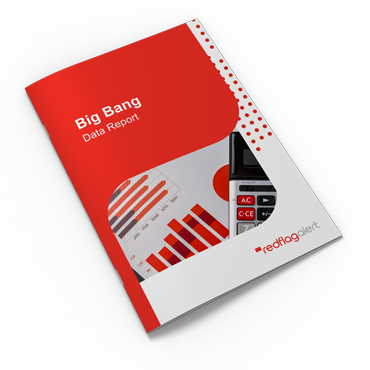With business confidence in the UK precarious as Britain edges towards an uncertain Brexit, the Bank of England has cited a high number of loans to risky businesses as being a serious problem to throw into the mix.
Speaking to the Economic Club of New York on 19 October 2018, Bank of England Governor Mark Carney said: “Policymakers must be alert to situations where market innovation once again introduces complexity … For example, global leveraged lending is growing at rates – and has reached a scale – comparable to the subprime on the eve of the crisis.”
Leveraged Loans Increase as Investors Chase Returns
With low interest rates driving investors to search for returns in less obvious places, a lot of capital has been invested in UK businesses that wouldn’t have been able to raise capital a few years ago. Investors with surplus capital are lending money to businesses that have debts worth more than four times their earnings, known as leveraged loans. Like with the subprime housing market in 2008 these investments are in danger of not being repaid.
The value of UK leveraged loans surpassed £38bn in 2017. Alarmingly, a further £30bn was added to the pool this year. Maintenance covenants, an instrument to protect investors, were used in almost 100% of loans in 2010, dropping to around 20% today.
The total stock of debt to riskier firms in Britain now stands at a fifth of all business loans. This is increasing the likelihood these companies will be unable to service their debt.
Mark Carney told the New York meeting: “800 years of economic history teaches us that financial crises occur roughly once a decade. A frequency that reflects in part the short institutional memories in finance … As memories fade, complacency sets in and pressure to compromise re-emerges.”
It Could Get Messy
It’s likely that the situation is worse than reported because many businesses have probably overstated their earnings to secure loans.
The Guardian newspaper summarises the situation: “The rapid growth in high-risk lending and credit comes as investors search for higher returns as a result of rock-bottom interest rates and billions of pounds of quantitative easing from central banks used to stimulate their economies during the great recession that followed the 2008 financial crisis.”
Many of these loans are coming from new places – the British Business Bank reports that “the value of equity investment (up 79% in 2017), asset finance (up 12%) and peer-to-peer business lending (up 51%) used by smaller businesses all showed significant growth in 2017, while net bank lending remained relatively flat.”
These trends are combining to create a perfect storm. As investors scramble to offload their capital and produce a return, it looks like this will result in a large number of businesses unable to make repayments and becoming insolvent.
Red Flag Alert – Your Perfect Partner in an Uncertain World
With 469,000 businesses in “significant financial distress”, if this loan bubble bursts that number may increase considerably.
Red Flag Alert provides real-time information on every UK business, including the most detailed financial health rating available. The unique flag rating system allows you to quantify the risk of any business you’re dealing with and take mitigating action while you still can.
Whether you’re looking to improve credit control, keep tabs on key clients, or make accurate onboarding decisions, Red Flag Alert is the best solution.
For a free trial, contact Richard West on richard.west@redflagalert.com or 0344 412 6699.





